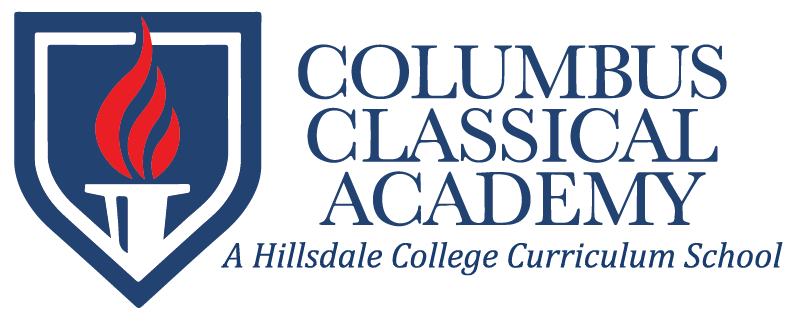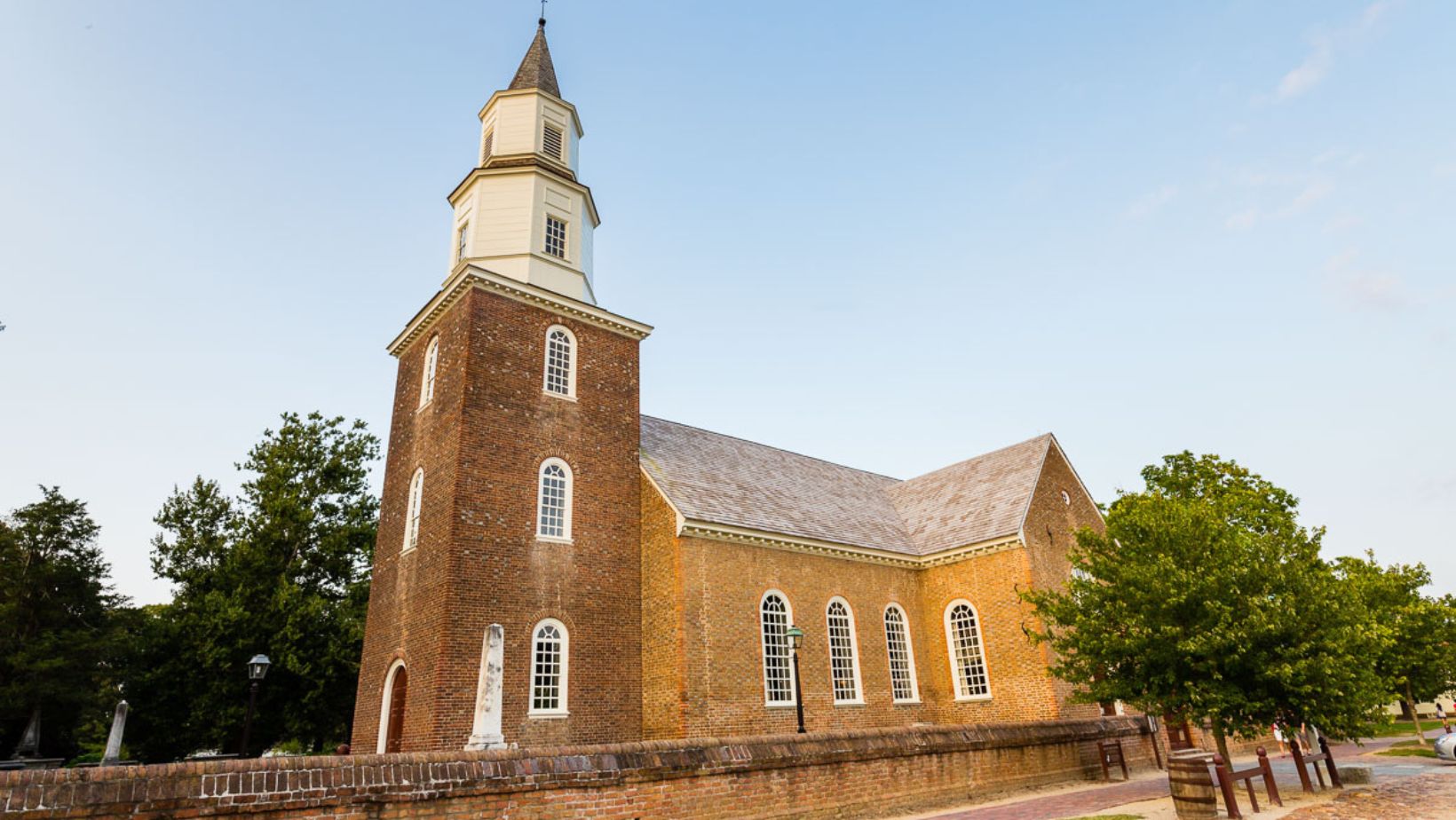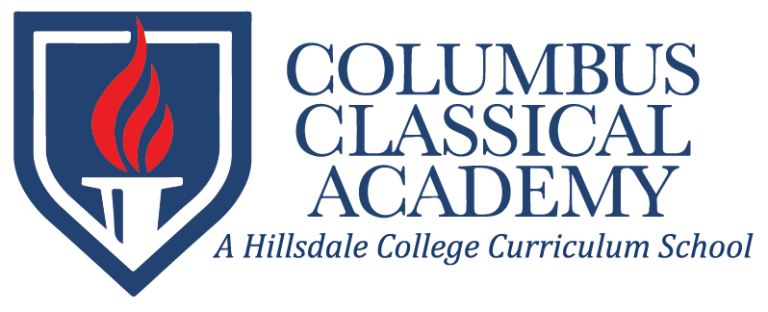One of the most interesting things about colonial Williamsburg is that it is preserved as colonial Williamsburg. What you see and experience is Williamsburg as it existed in 1775—the year before America declared her independence from England.
That is why, when we got to observe the royal court in action, we all had to rise and declare: “God save the King!” at the beginning and end of the proceedings. I won’t lie—it felt a little weird, even just pretending.
But even weirder were the proceedings themselves, and in particular, the list of matters before the court. Do you know the most common case to come before the judges? No, not crimes of theft or assault; not even contract or business disputes—it was failure to attend the Church of England services at least one Sunday out of the last four!
That may sound incredible to us today, but it is a good reminder of two things: The people who founded our nation took religious faith very seriously; and at the same time, religious freedom did not come until after the Revolution. In fact, it was Thomas Jefferson’s Virginia Statute for Religious Freedom in 1786, ten years after the Declaration, which first provided: “that no man shall be compelled to frequent or support any religious worship, place, or ministry whatsoever, nor shall be enforced, restrained, molested, or burthened in his body or goods, nor shall otherwise suffer on account of his religious opinions or belief.” It became the model for the First Amendment to the Constitution just a few years later.
“No taxation without representation” may have been the rallying cry of American Independence; but religious freedom—what many call America’s “first freedom”—may be its most extraordinary legacy.
Have a wonderful day.


